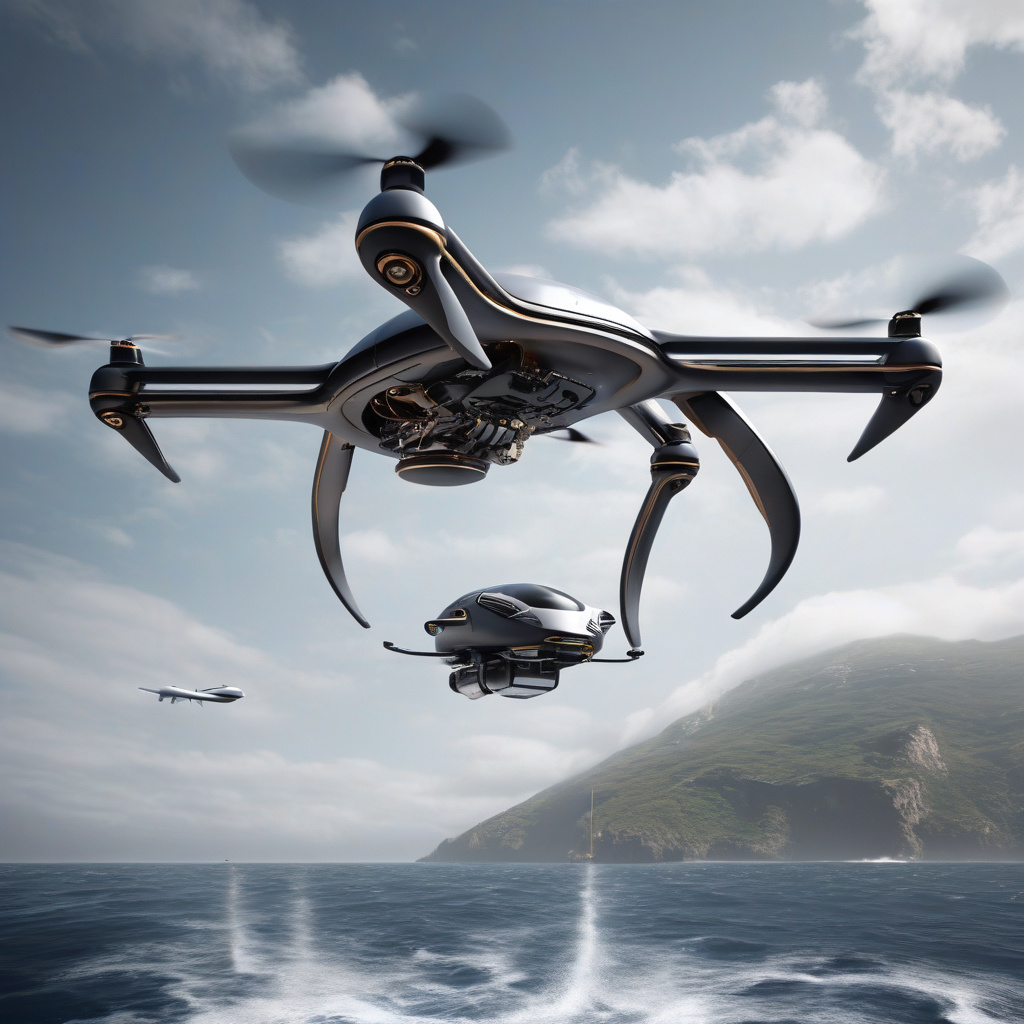US Engineers World’s First Drone-Fired Torpedo that Hits 30+ Knots Underwater
In a development that could redefine US autonomous undersea dominance, defense contractor Anduril has developed the world’s first drone-fired torpedo capable of hitting speeds exceeding 30 knots underwater. This groundbreaking technology represents a significant leap forward in underwater warfare capabilities, offering a potent combination of speed, precision, and autonomy.
The traditional method of deploying torpedoes from submarines or surface ships has been a staple of naval warfare for decades. However, Anduril’s innovative approach leverages the agility and maneuverability of drones to launch torpedoes from the air, providing unparalleled speed and stealth in underwater engagements. This cutting-edge solution not only enhances the effectiveness of torpedo attacks but also reduces the risk to human operators by keeping them out of harm’s way.
By integrating advanced sensors, artificial intelligence, and autonomous navigation systems, Anduril’s drone-fired torpedo can identify and track targets with pinpoint accuracy, adjusting its trajectory in real-time to ensure a successful hit. This level of precision is crucial in modern naval operations, where split-second decisions can make the difference between victory and defeat.
Furthermore, the torpedo’s ability to reach speeds of over 30 knots underwater gives it a significant tactical advantage over conventional torpedoes, which typically travel at slower speeds. This increased velocity allows the drone-fired torpedo to cover greater distances in a shorter amount of time, making it harder for enemy vessels to evade or counterattack.
In addition to its speed and accuracy, Anduril’s drone-fired torpedo offers enhanced flexibility in mission planning and execution. With the ability to be launched from a variety of platforms, including surface ships, submarines, and unmanned aerial vehicles, this versatile weapon system can adapt to a wide range of operational scenarios, from anti-submarine warfare to maritime interdiction.
The development of the world’s first drone-fired torpedo underscores the ongoing evolution of autonomous technologies in the defense sector. As nations around the world invest in unmanned systems to enhance their military capabilities, innovations like Anduril’s torpedo represent a glimpse into the future of naval warfare, where autonomous platforms play an increasingly prominent role in shaping the battlefield.
In conclusion, Anduril’s achievement in engineering the world’s first drone-fired torpedo that surpasses 30 knots underwater marks a significant milestone in the realm of undersea warfare. By combining speed, precision, and autonomy in a single weapon system, this groundbreaking technology has the potential to revolutionize how navies conduct operations beneath the waves, ensuring US dominance in autonomous undersea warfare for years to come.
US Navy, Autonomous Technology, Underwater Warfare, Defense Innovation, Naval Engineering












